Perhaps, in 708, Bishop Aubert of Avranches should have followed Archangel Michael's wishes to build a church on Mont-Tombe (hill of the grave). But only when the archangel burned a hole in his head did the bishop act and erect a first sanctuary on the summit of the Inselberg and in 965 the Benedictines founded their monastery here. The first Romanesque church was built here in 1023.
While Mont had become a special place of pilgrimage over the centuries, it lost its spiritual significance during the 16th to 20th centuries. As one of the most hideous prisons in France, it was now rather avoided.
Since 1966, the year of the millennium celebrations of the monastery on Mont-Saint-Michel, there have been religious there again. The brothers and sisters of the Jerusalem communities live in the southern abbot's building and can occasionally be seen on tours.
Originally, the island could only be reached from the coast at low tide. A causeway was begun around 1877, with a road linking the island to the coast independently of the tides. However, the dam, which interrupted the natural sea currents, led to the steady silting up of the bay. In addition, coastal areas were drained for centuries to create farmland. The channeling of the river Couesnon, which emptied into the bay, reinforced this development, so that the insular character of Mont Saint-Michel was progressively lost. Now a weir counteracts this. During high tide, the water in the river rises higher and higher. Finally, the "reservoir" is drained at low tide and the strong current thus created sweeps away the sand around the island.
Le Mont Saint Michel is a UNESCO World Heritage Site and a magnet for tourists. A shuttle bus connection over the approximately one-kilometer-long access route is a convenient means of transport for visitors. But only the overnight stay in one of the hotels in the "La Caserne" access area offers the opportunity to see and experience this magical place in different light conditions, even away from the "tourist peaks".

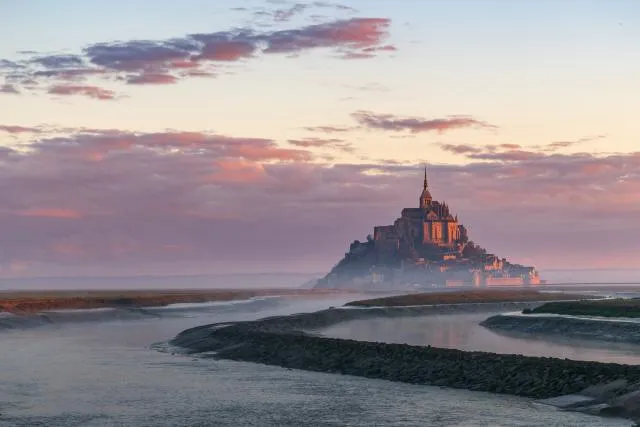
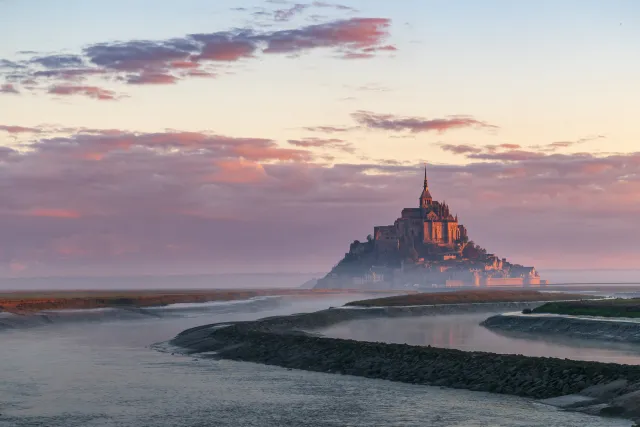
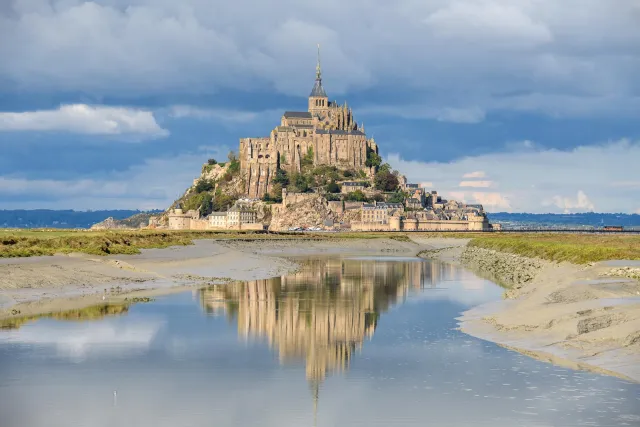

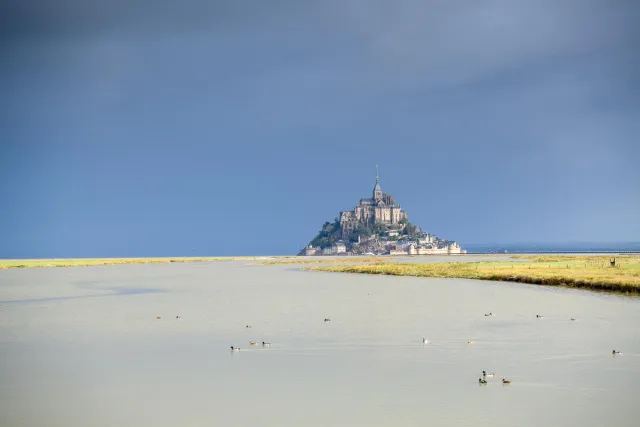

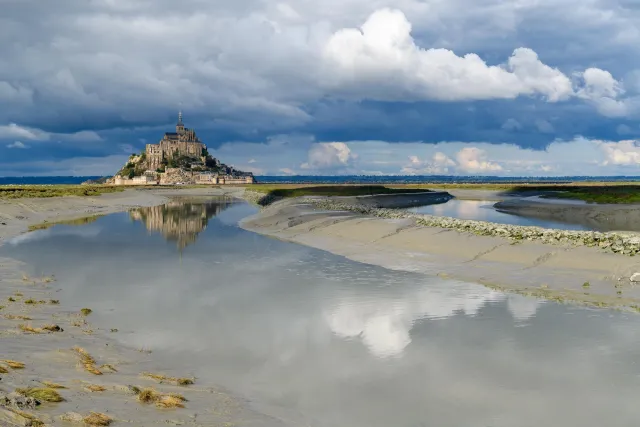


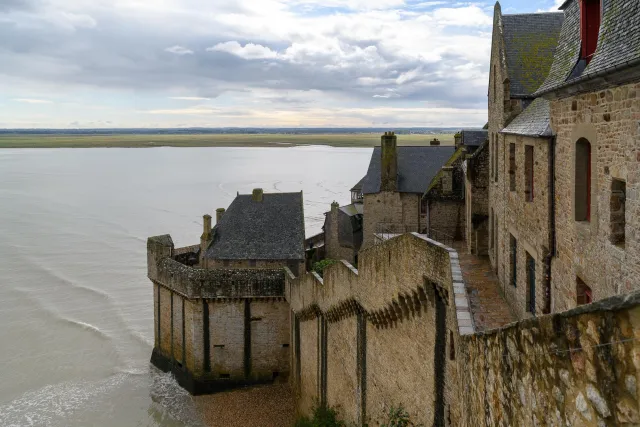



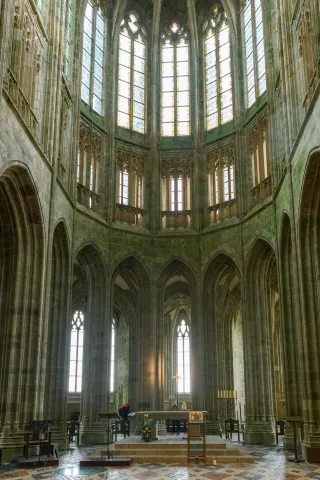
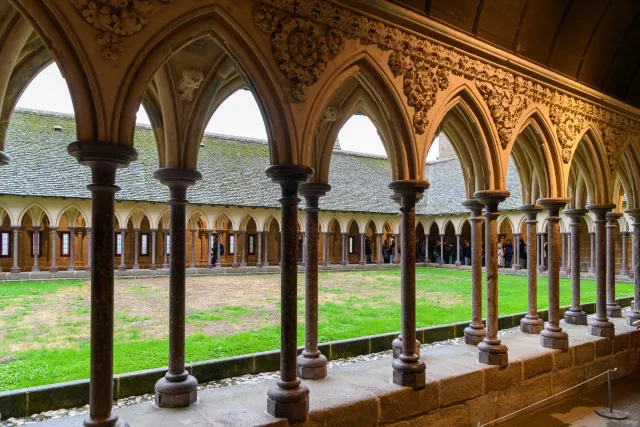
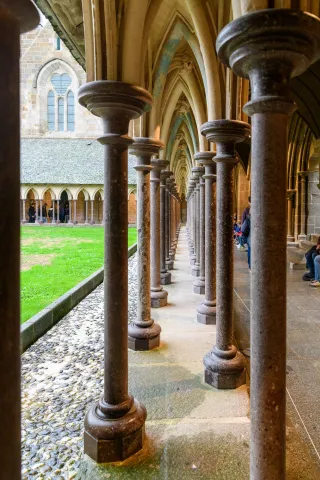
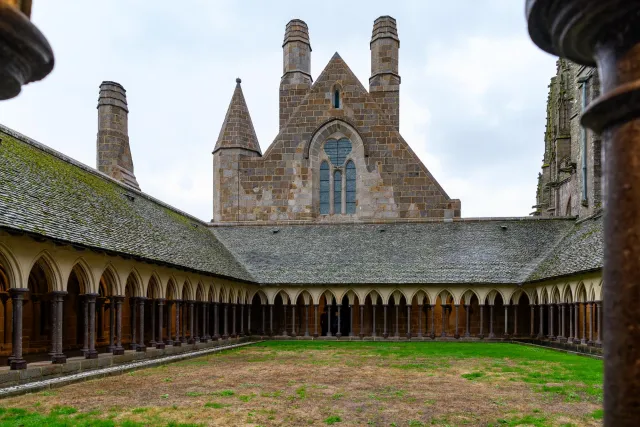
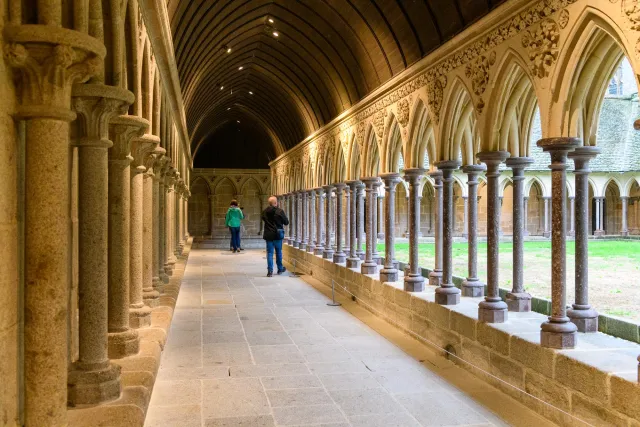




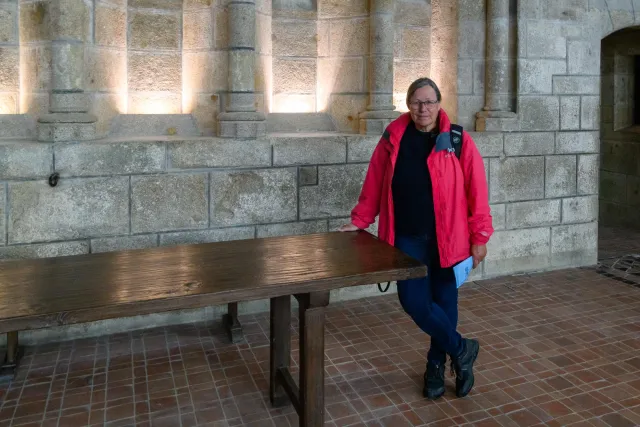
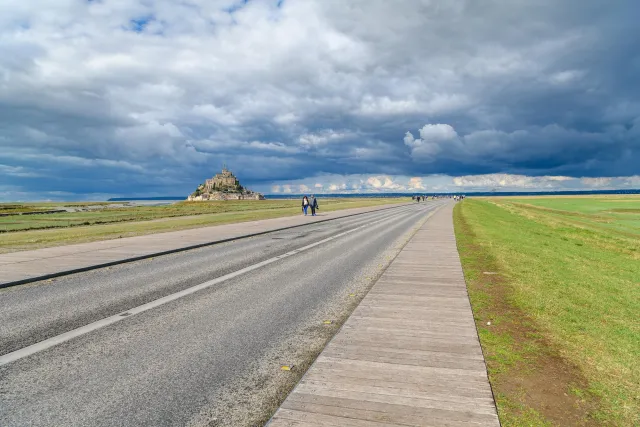


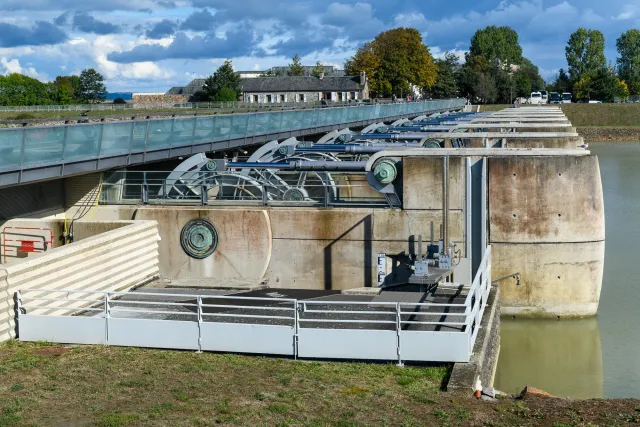




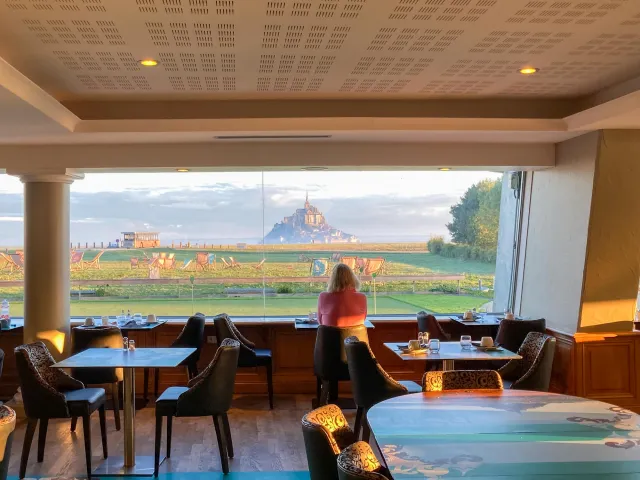


Comments